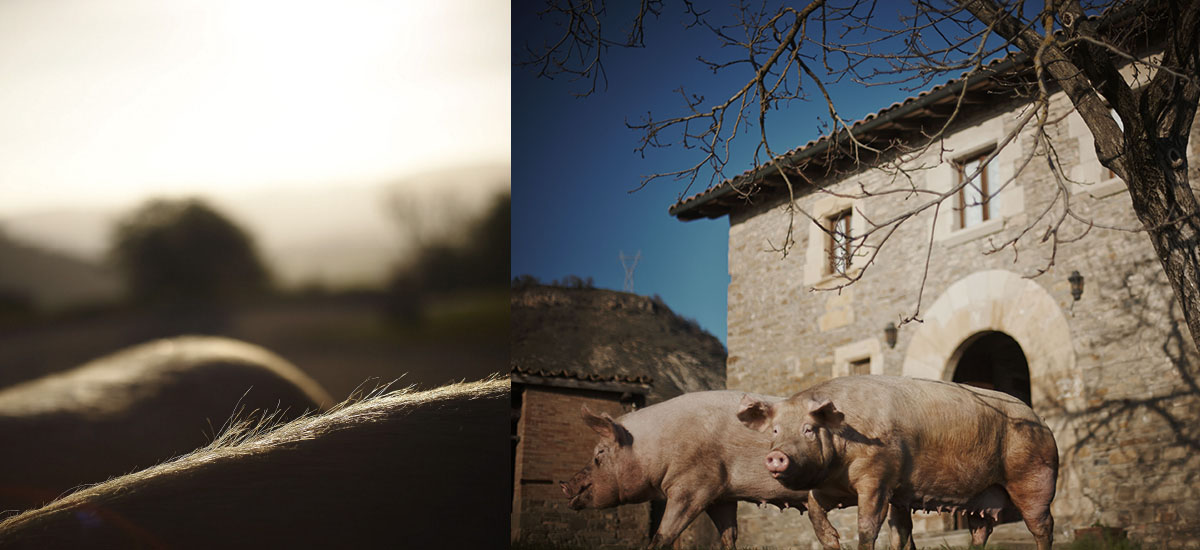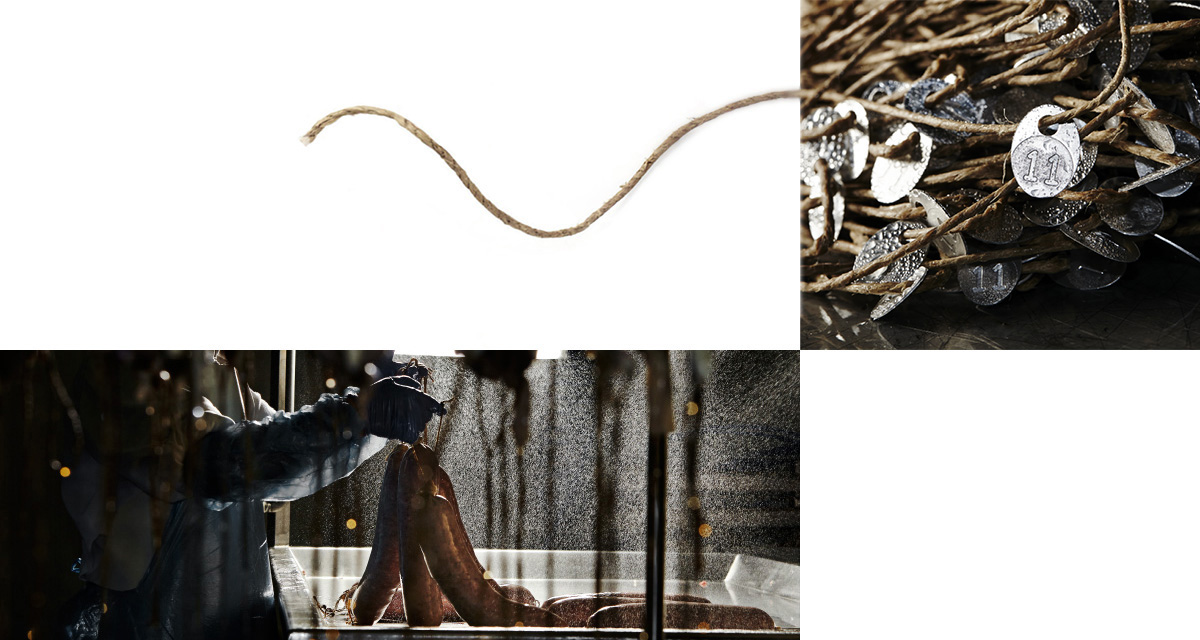The history of the city of Vic’s llonganisses and their reputation was unquestionably linked with one brand, Casa Sendra. Since 1849, with different owners and over several generations, it has maintained the same philosophy: to ensure a high quality of sausage with the best raw materials from close at hand, and to prepare it with an artisan process that maintains the essence and the respect of its origins.
QUALITY AND
PROXIMITY,
THE BASE


A TOUCH
OF
SPICES
The Casa Sendra llonganissa begins its unique and traditional preparation process with the meat being minced up in mincers, in a process whose high point is when the seasoning with spices is performed. Following the authentic process, this consists of delicately adding salt, grains of black pepper originating in India and ground white pepper originating in India and Malaysia, which will give the touch, style and taste needed to obtain the authentic and original Casa Sendra Vic llonganissa.
Immature fruit of “Piper nigrum” peppercorns, dried in the sun.
Ripe whole peppercorns without shell, with a white to greyish appearance.
Condiment consisting of sodium chloride crystals used in human food.
TRADITIONAL MANUAL
STUFFING
One of the keys to its preparation is the manual process of stuffing the meat in natural, double layer pig casings. The work is a real calling and is completely craft-based, taking care with every detail in order to achieve the authentic sausage, linked by hand by the two ends with a hemp cord specially imported from Egypt.
It requires a special skill that culminates with the tradition of identifying every llonganissa with a numbered medallion that indicates what week the llonganissa has been stuffed. This is because, in the past, the first week of September was when the slaughtering and the sausage-making process would begin, with these first llonganissa being those bearing the medallion with the Number 1 and so on until Number 52.

specially imported from Egypt.
OPTIMUM
COLD DRYING
Once the llonganissa has been identified and stuffed, the drying process begins, seeking to achieve distinctive flavours, evolving slowly and entirely in the cold, as was done in the past on winter days. This drying process lasts between 17 and 20 weeks, during which the llonganissa are moved to obtain a homogeneous drying for all of them and a final product that is absolutely second to none and with an outstanding taste. Under the supervision of an expert each of the llonganisses receives approval so that the sausage can then be wrapped by hand, using a traditional technique, and presented in an exclusive gift case that will continue to keep it well preserved.





